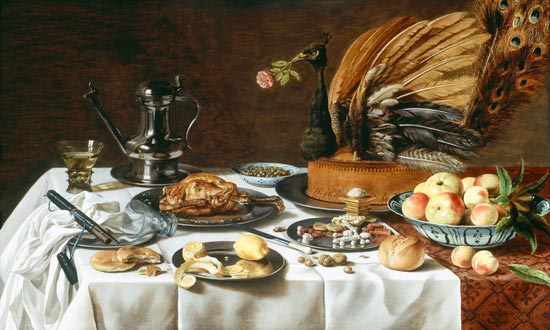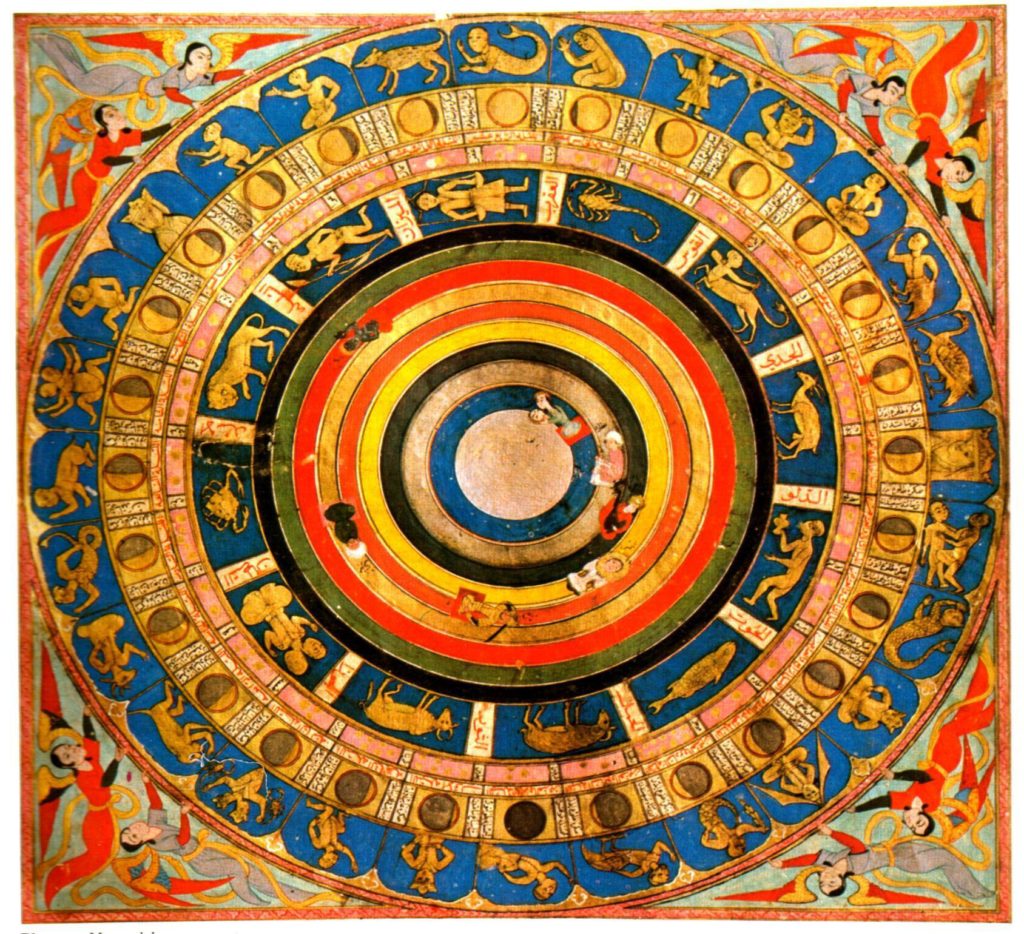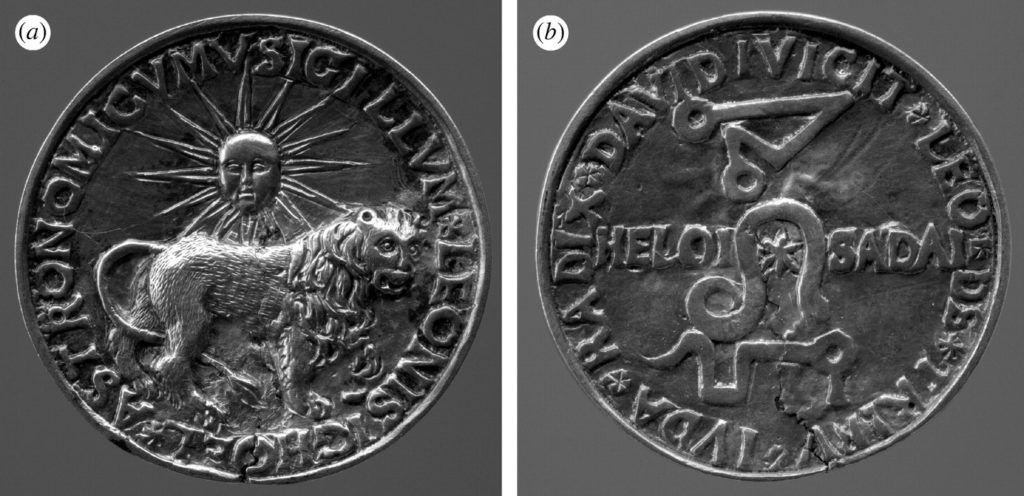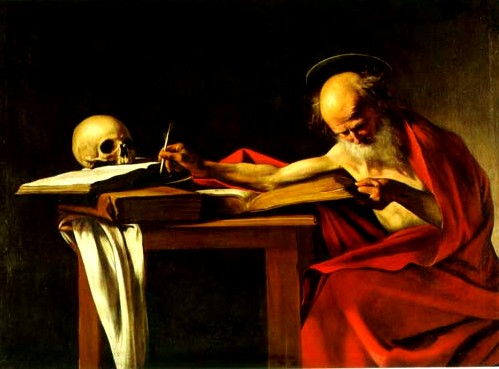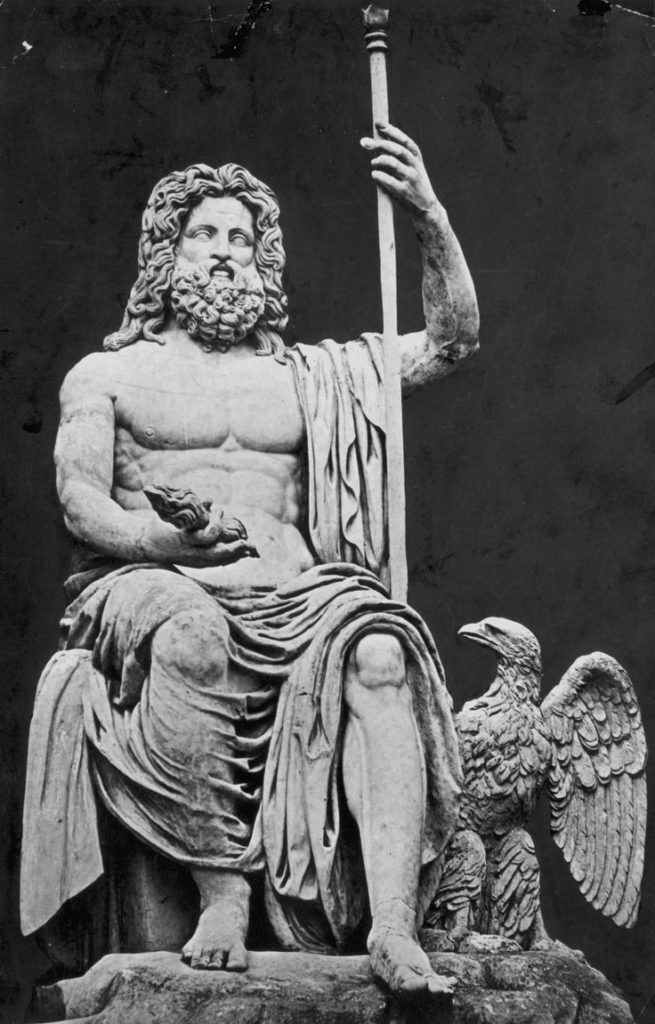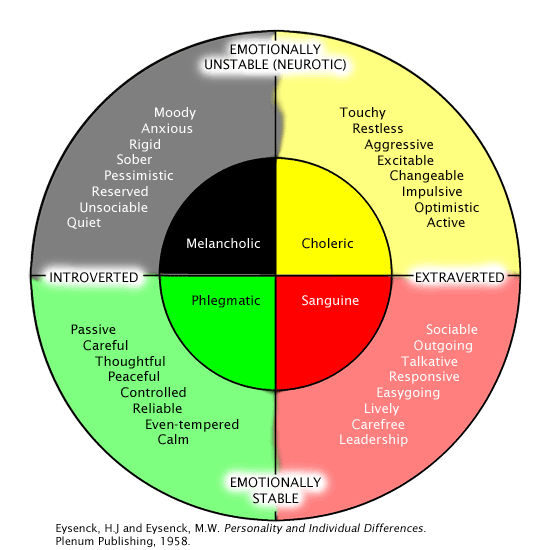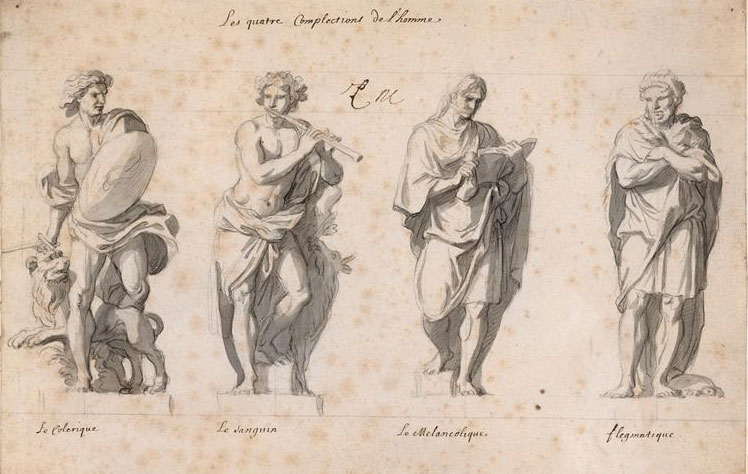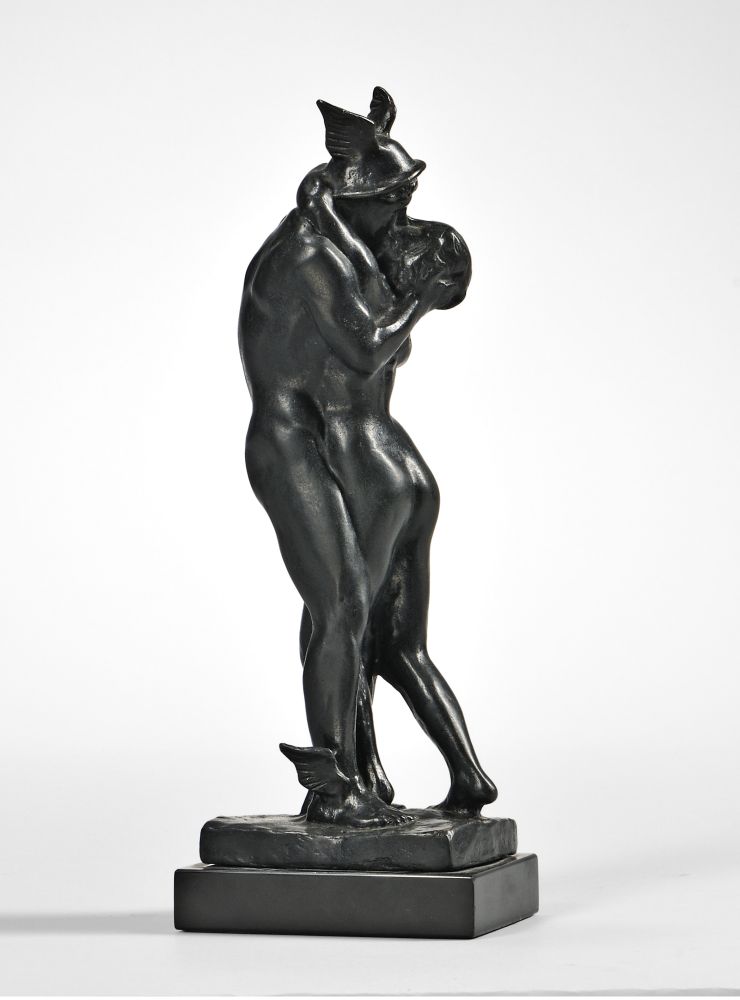
“If you do this for two friends, make the 11th house of the first image the ascendant of the second image; and if you wish to generate friendship between man and wife, make the ascendant of the second image the seventh house of the first image. And make it so the lord of the ascendant of the one who will return the friendship [i.e., the friend or wife] makes as good aspect with reception to the lord of the ascendant of the other image. Then join the images and bury them in the place of the one who is to have friendship [i.e., you] and they will be friends as before.” – Book 1, Chapter 3, Greer and Warnock translation
As an example, let us assume that you want to create friendship between two people (reconcile two friends), you would do the following:
Continue reading “Creating and reconciling relationships – two-fold images of the Picatrix”


